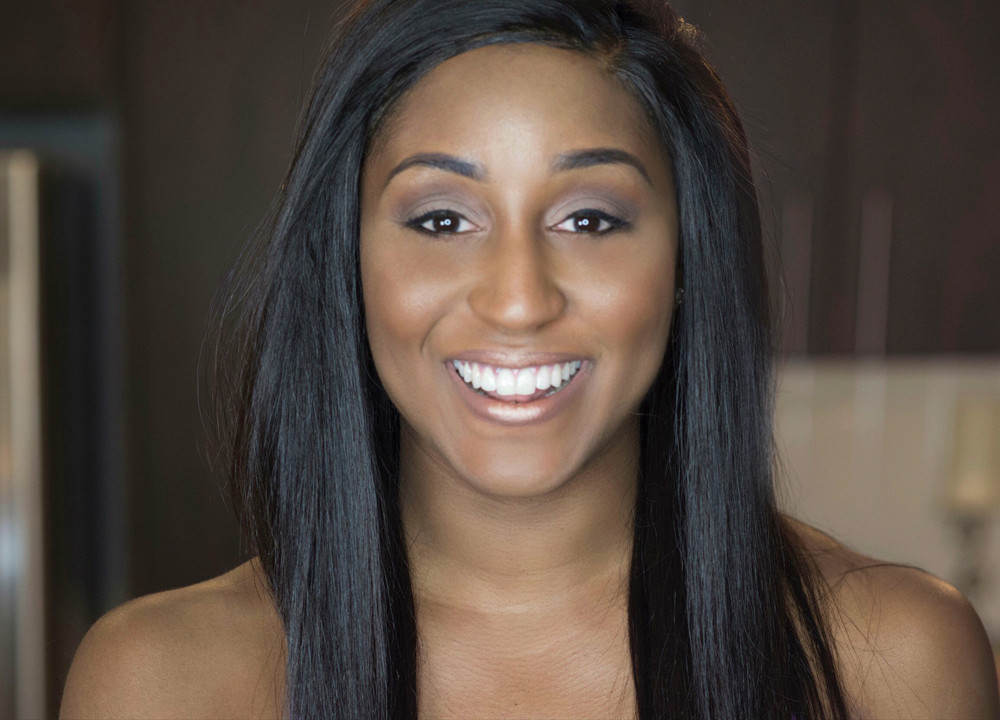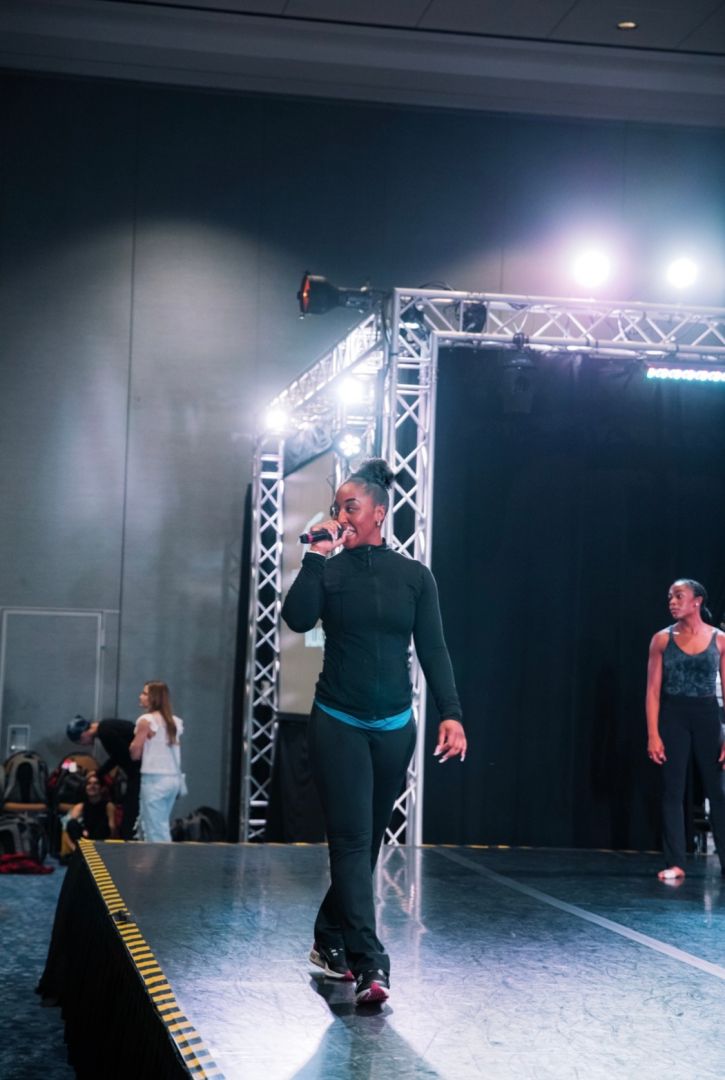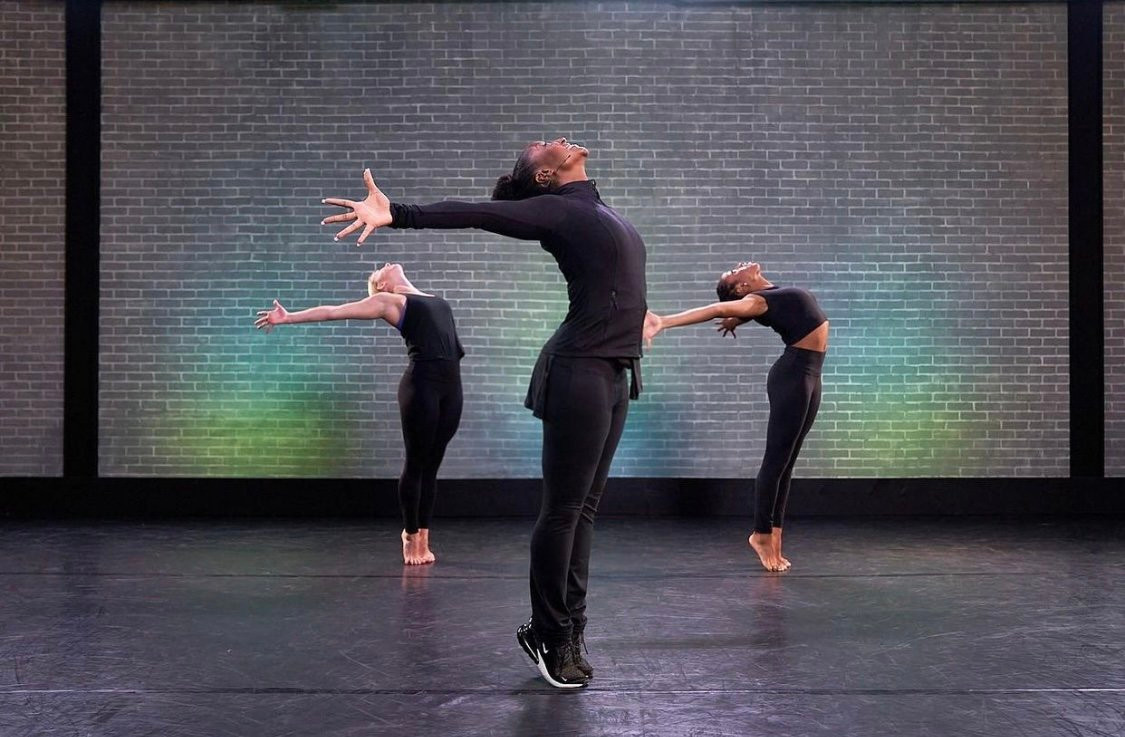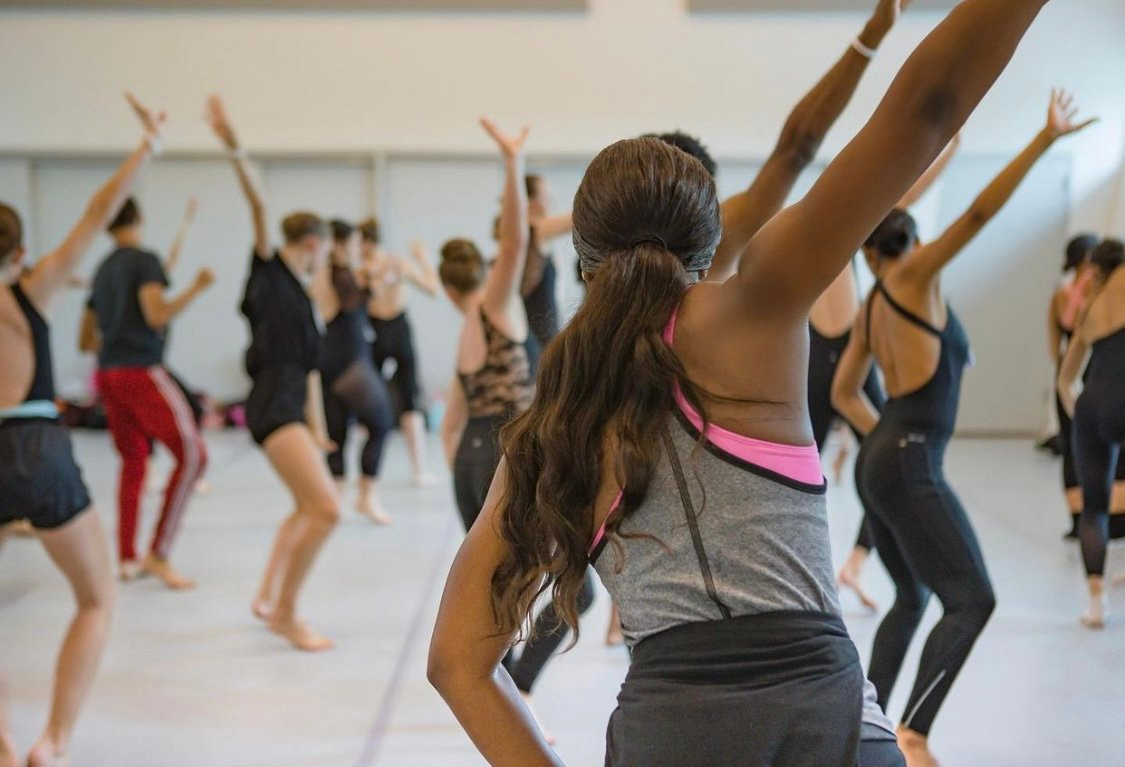Meet Saleemah E. Knight | Choreographer, Performing Artist, Professor of Dance Studies


We had the good fortune of connecting with Saleemah E. Knight and we’ve shared our conversation below.
Hi Saleemah, is your business focused on helping the community? If so, how?
As a Professor of Dance Studies, choreographer, performer and master teacher, society tends to have a very narrow view of what I do as a creative artist, practitioner, educator and researcher. From my years in the field it has become apparent that dance has social impact by way of its power to create change, expose history and connect people to the deeper heart beat of humanity. In my movement classes, my goal is not to singularly train “good dancers” toward professional careers, my goal is to simultaneously aid them in their movement training as well as increase their understanding of how dance has shaped societies over time. For example, in my area of expertise, which is jazz dance, there is a deep history that tells the story of America’s heavy racist climate in the early 20th century, which prohibited the interaction of Black and White bodies in public spaces. Students training with me learn that it was the jazz dancing of The Harlem Renaissance era (1920’s- 1930’s) that brought bodies from Black and White communities together. Even more specifically, The Harlem Renaissance marks the overwhelming sharing of Black intellect which, in addition to literature, music, writing and philosophy, includes dance as a form of expressionist art; the most widely shared Black social dances of the Harlem Renaissance being embedded into styles we know today as Swing and Lindy Hop. It was these two forms explicitly that put Black and White people in corporeal conversation. During that time, for these bodies to be in close proximity was in many cases, dangerous. The power of jazz dance to (1) initiate a cultural exchange through movement, and (2) show the courage of many of our greatest Black movement innovators such as Pepsi Bethel, Leon James, Al Minns, Katherine Dunham, George Snowden, Norma Miller and many others, in a dangerously racist climate, is remarkable. It marks a major shift in social consciousness in terms of American propriety and acceptability. It also displays how dance aids in changing the social ethos of the community and the world.

Let’s talk shop? Tell us more about your career, what can you share with our community?
I am actually quite humbled by the notion that my experiences have set me a part from others in my field. Every blessing that I have experienced in my career has truly been a gift from The Almighty coupled with tenacity, vision, consistency, perseverance and drive. I am considered a hybrid artist in that my choreography, master classes and performance career have crossed over into concert dance, commercial dance, film/ TV, musical theater, higher education and academic research, which is not a common journey for many dance artists. I’d also like to imagine a future where we do not draw a particular distinction between concert and commercial dance, as although they require different and multiple intelligences, they borrow from many of the same skillsets. The goal for any dancer, choreographer or teacher would be to learn when and how to apply the tools acquired in order to move seamlessly between all areas.
To the world, I’d like to communicate that what we do as dance artists is not solely relevant to the field of dance. It is my hope for dance to have a greater voice within the larger scope of global consciousness. Beyond the general knowledge that dance is a form of entertainment, I would like to see attention on dance as a catalyst for social justice, dance and intellectual property rights, dance and cultural appropriation, dance and mental health/ cognitive sciences, dance as rehabilitation and beyond. I am honored to be adding to larger conversations on dance as a featured dance expert on the award-winning HBO Max documentary entitled, “Uprooted: The Journey of Jazz Dance”. The documentary, directed by Khalifa Wong, produced by Lisa Donmall-Reeve/ LDR Creative and conceived by Zak Nemorin, has debuted world-wide at the Columbia Film Festival, Oxford Film Festival, Pan African Film Festival, San Francisco Dance Film Festival, Beirut Art Film Festival, Micheaux Film Festival and more. It calls upon various experts in the field to discuss critical issues in jazz dance related to cultural ownership and the “invisibilization” of Black artists within jazz dance history.
Lastly, I’d like to point out that for a multitude of reasons (that are not solely by choice) there are a small community of dance creatives who take their movement practice into university education; the ability to do so has opened up many doors for me that have informed my work as a choreographer, performer and master teacher. My research has provided me with the opportunity to participate in panel discussions, guest speaking opportunities and red carpet events honoring leaders in arts and entertainment, all which aid in creating more visibility for my community. If there is a lesson that I can offer to an entrepreneur who desires an impactful career, it would be the notion that curiosity, continued research and imagination are the keys to success and longevity.

Any places to eat or things to do that you can share with our readers? If they have a friend visiting town, what are some spots they could take them to?
Los Angeles is known for its big city life juxtaposed peaceful ocean views; the contrast is what makes the city as exciting as it is fulfilling in terms of places to go and things to do. West Hollywood has become one of the major hot spots in LA for fine dining. In fact, the dining and hotel venues are combined into daytime brunch experiences or unique evenings with ambiances that feature elevated socializing. Here are some of my favorite “go to” restaurants and hotels in West LA and neighboring areas: Ardor Restaurant/ Edition Hotel, Harriett’s Rooftop/ One Sunset, Soho House, Catch LA, Catch Steakhouse, The Nice Guy, Nobu, Tesse, Lavo, Ysabel, Gracias Madre, Craig’s, Ospero, Merois and many others.
I am also a fan of visual arts and sciences and Los Angeles is the home of some of the most prestigious museums and science-related experiences in the West, such as The Getty Museum, The Getty Villas, the Los Angeles Museum of Contemporary Art (LACMA), the Museum of Contemporary Art (MOCA), the California African American Museum (CAAM) and the Griffith Observatory.
Lastly you cannot visit Los Angeles without experiencing the shops at the Americana Glendale, taking a trip to The Grove, or visiting Universal Studios theme park full of rides and simulators that are certain to spark childhood nostalgia.

Who else deserves some credit and recognition?
I would like to thank my family for the many years of support during my formative years of training. I have been dancing since the age of three and by age five, was head strong about becoming a choreographer. My mother Gail Q. Knight, has also played an integral role in mentoring me through my process. Since then I have now danced in/with The World Premiere of The Harlem Nutcracker, The Lion King Broadway Musical, Beyoncé and Chris Brown, as well as performed on The Billboard Music Awards, The Daytime Emmys, Country Music Television (CMT), ABC’s Dancing with the Stars and much more.
The world of fine arts dance is extremely complex and has many obstacles that determine the success of dancers that are based on economic affluence, race, access to opportunity, and body type (to name a few). To have a Black female role model such as my mother to guide me on my journey, which was filled with much excitement, but also heart break, was invaluable. It is known that I have struggled with rheumatoid arthritis since birth; my mother pushed to put me in dance classes at age three as a way of rehabilitating my joints and improving my mobility. In addition to my mother, I have had immense family support from my father Leonard G. Knight and my siblings Rosslyn Knight and Steven Knight. Outside of my family, I would also like to thank my training studios, conservatory programs and mentors, Donald Byrd, Tempe Dance Academy, Jeremy Miller/ The Beat Dance Company, Dayton Contemporary Dance Company, Nan Giordano/ Gus Giordano Chicago, my undergraduate mentors in dance training Michael Williams and Susan Quinn Williams at The University of Arizona School of Dance, Sherry Zunker (former artistic director of River North Chicago) and Professor Jennifer Fisher PhD, my master’s thesis chair at the University of California, Irvine Claire Trevor School of the Arts.
Website: saleemaheknight.com
Instagram: @saleemaheknight
Linkedin: linkedin.com/in/saleemaheknight
Twitter: @saleemaheknight
Facebook: Facebook.com/saleemaheknight
Youtube: YouTube.com/c/saleemaheknight
Image Credits
Saleemah E. Knight teaching an online contemporary jazz master class for CLI Studios, assisted by Teá Devereaux and Rachel Walton. Photo credit: CLI Studios Saleemah E. Knight teaching guest contemporary jazz master classes on stage at Tremaine Dance Convention. Saleemah E. Knight teaching guest contemporary jazz master classes at Ballet Plus, Miami. Saleemah E. Knight on the red carpet at The World Choreography Awards.
